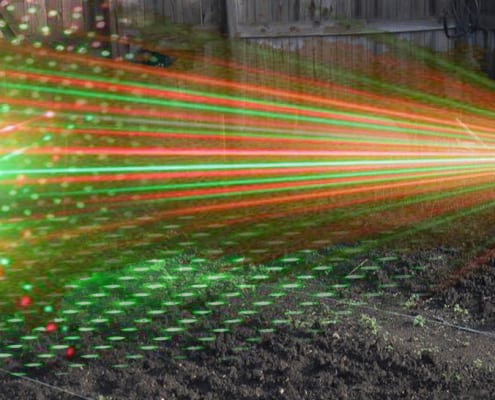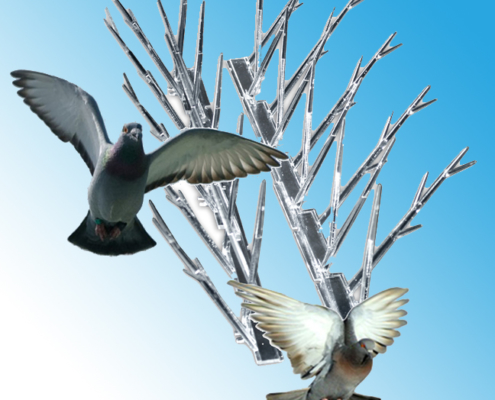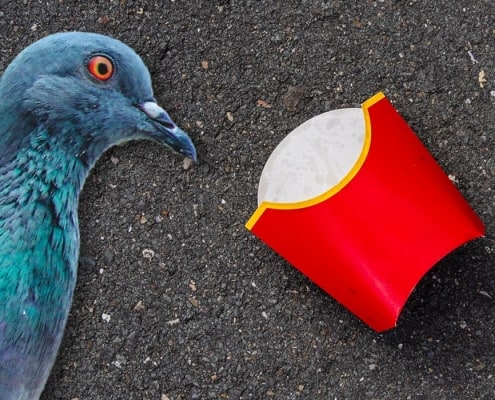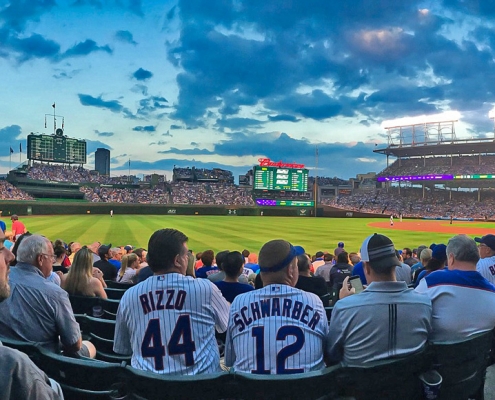 https://bird-x.com/wp-content/uploads/night_garden2.jpg
546
1342
Annie Gavin
https://bird-x.com/wp-content/uploads/birdx-humane-bird-control-solutions.png
Annie Gavin2021-07-08 11:38:252025-02-27 14:36:49New Research Indicates Laser Bird Deterrents are 99% Effective at Preventing Waterfowl Linked to Avian Flu
https://bird-x.com/wp-content/uploads/night_garden2.jpg
546
1342
Annie Gavin
https://bird-x.com/wp-content/uploads/birdx-humane-bird-control-solutions.png
Annie Gavin2021-07-08 11:38:252025-02-27 14:36:49New Research Indicates Laser Bird Deterrents are 99% Effective at Preventing Waterfowl Linked to Avian Flu https://bird-x.com/wp-content/uploads/night_garden2.jpg
546
1342
Annie Gavin
https://bird-x.com/wp-content/uploads/birdx-humane-bird-control-solutions.png
Annie Gavin2021-07-08 11:38:252025-02-27 14:36:49New Research Indicates Laser Bird Deterrents are 99% Effective at Preventing Waterfowl Linked to Avian Flu
https://bird-x.com/wp-content/uploads/night_garden2.jpg
546
1342
Annie Gavin
https://bird-x.com/wp-content/uploads/birdx-humane-bird-control-solutions.png
Annie Gavin2021-07-08 11:38:252025-02-27 14:36:49New Research Indicates Laser Bird Deterrents are 99% Effective at Preventing Waterfowl Linked to Avian Flu
Why Did Birds Vacate the South Station?
The North Station had hordes of pigeons, while the South Station was mostly bird-free. So why weren't there any birds in the South Station?
 https://bird-x.com/wp-content/uploads/pigeons-flying-away-from-spikes-with-blue-background.jpg
648
648
Rachel Cable
https://bird-x.com/wp-content/uploads/birdx-humane-bird-control-solutions.png
Rachel Cable2017-09-21 14:30:412022-04-18 10:16:55The Hamptons Project: A Success Story
https://bird-x.com/wp-content/uploads/pigeons-flying-away-from-spikes-with-blue-background.jpg
648
648
Rachel Cable
https://bird-x.com/wp-content/uploads/birdx-humane-bird-control-solutions.png
Rachel Cable2017-09-21 14:30:412022-04-18 10:16:55The Hamptons Project: A Success Story
Case Study: McDonald’s Pigeons
John Arrigo, owner of Arrigo Pest Control in Las Vegas, discusses his experience deterring pigeons from a local McDonald's using a Bird-X electronic bird control device.

BroadBand PRO: Gulls vs. Garbage
The Rhode Island Resource Recovery Corporation (RIRRC) is the sole and largest landfill in Rhode Island. Discover how Bill Jasparro successfully prevented a gull infestation using a Bird-X electronic bird control device.

Case Study: Super BirdXPeller PRO at Wrigley Field
It isn’t only Cubs fans who love Wrigley Field. “Pigeons like to roost on the trusses that support the upper deck,” said Paul Rathje, director of stadium operations at Wrigley Field for the last six years. “This causes problems for the people seated below.” Besides the lure of roosting in the structural beams, the pigeons are naturally attracted to the food purchased by the crowds of fans who fill the stands – a bird’s delight; a stadium director’s horror.
Our experts are ready to help, call us for a free consultation
